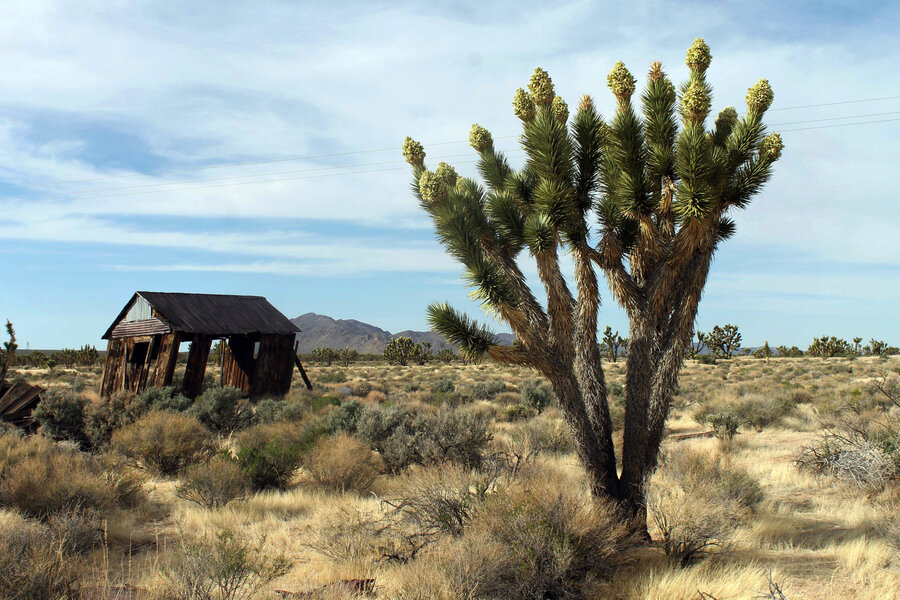Why Obama family visit to Yosemite is more than a holiday
Loading...
As President Obama gears up for his trip to Yosemite National Park, Calif. on Saturday, he’ll have a unique record to tout.
Earlier this year, Mr. Obama claimed the mantle as the president who expanded or protected more national lands and waterways than any other – a move lauded by some and heavily criticized by others.
The president will visit Carlsbad Caverns, N.M., as well as Yosemite over the Father's Day weekend. The trip is predominantly a first family vacation, but Obama is expected to lean on his record of having established 22 national monuments and protected 256 million acres of public land and water under the federal Antiquities Act, meant to encourage Americans to visit more of America's national parks, forests, and monuments ahead of the 100-year anniversary of the National Parks Service on August 25.
Obama's record on conservation is noteworthy and can be seen in two distinct halves. Before his second-term inauguration, in 2013, he was criticized heavily by environmental groups for opening up more land for oil and gas drilling than he had for conservation and preservation – he had done less on the latter than former presidents George W. Bush and Ronald Reagan.
By contrast, Obama's second term saw him overtake former President Teddy Roosevelt as the greatest protector of America's national landscape, when he earlier this year added Mojave Trails, Sand to Snow, and Castle Mountains as national monuments.
But this maneuver angered some Republicans and groups within the Native American community, who broadly support the protection of more of traditional lands, but who see the claiming of more federal land as authoritarian executive overreach, as The Christian Science Monitor's Patrik Jonsson reported at the time.
"This is presidential bullying," Rep. Bob Bishop (R) of Utah, chairman of the House Committee on Natural Resources, said in a statement in February. "The intent of the Antiquities Act is not to act as the president's magic wand to commandeer land. In order to be good stewards of our environment, we need to allow people to have a say in how they recreate and conserve their land. This doesn't. It's an authoritarian act that ignores people under the guise of preservation. The land will not be better protected and people will be harmed."
Around 25 Native American tribes had been pushing for Obama to protect the 1.9 million-acre Bears Ears buttes in southeastern Utah, but others were critical, saying a federal monument could restrict access to the land.
In conservation efforts like Obama's, "what is at stake defines the politics, but more importantly transcends politics," conservationist Carl Safina wrote for The Huffington Post earlier this year: "land as a commodity versus land as, well, sacred."
Obama is expected to use his visit to talk about his Every Kid in a Park program, which grants fourth graders and their families free access to national parks.
Obama will be the first sitting president to visit Yosemite since John F. Kennedy in 1962.
This report contains material from the Associated Press.






